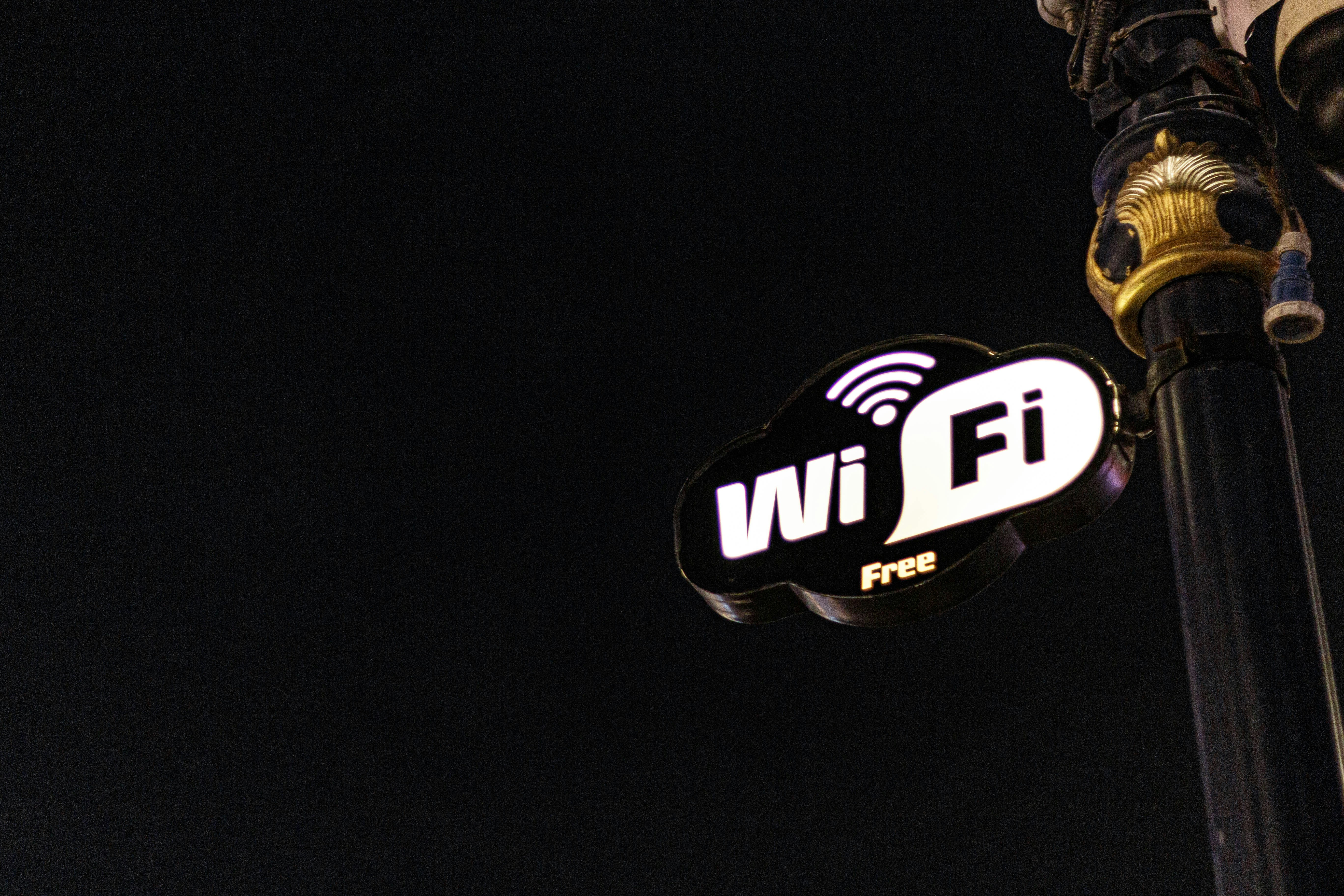As a parent, keeping tabs on your child’s location offers peace of mind, especially in today’s fast-moving world. But when you open your family safety app and see a location pin, have you ever wondered how that location was determined?
Behind every location update is a mix of tracking technologies, including Wi-Fi, GPS, and cellular networks. Each method plays a role in locating your child, depending on where they are, how strong the signal is, and what device they’re using.
In this post, we’ll break down the differences between these technologies, how they work, and when each one is used to track your child’s location. Understanding this can help you better interpret your tracking app and improve its overall accuracy.
1. GPS (Global Positioning System): The Satellite Standard
How it works:
GPS uses a network of satellites orbiting the Earth. A GPS-enabled device (like your child’s smartphone or GPS tracker) connects to at least four satellites to calculate its exact position through a method called triangulation.
Best for:
- Outdoor locations with a clear view of the sky
- Real-time tracking while walking, biking, or commuting
- High-accuracy location within 5–10 meters
When GPS is used:
- Your child is outside in open areas (e.g., parks, sidewalks, schoolyards)
- The device has GPS enabled and is actively connected
- Battery-saving mode isn’t limiting location updates
Limitations:
- Struggles indoors or in “urban canyons” (dense city areas with tall buildings)
- Can consume more battery on phones and wearable devices
- Requires time to lock onto satellites if recently restarted
2. Wi-Fi Positioning: The Indoor Accuracy Booster
How it works:
Wi-Fi positioning estimates location by scanning for nearby Wi-Fi routers or hotspots. The device matches the MAC addresses of these routers to a known database to determine where it is.
Best for:
- Indoor tracking, like in malls, schools, or homes
- Locations where GPS signals are weak or blocked
- Estimating general position within 10–50 meters
When Wi-Fi is used:
- Your child is indoors and near known Wi-Fi networks
- GPS signal is unavailable or unreliable
- Wi-Fi is turned on (even if not connected to a network)
Limitations:
- Relies on availability of mapped Wi-Fi networks
- Can provide less precise results than GPS outdoors
- Accuracy drops in areas with few routers or signal overlap
3. Cellular Network Tracking: The Always-On Backup
How it works:
Cellular tracking determines your child’s location by triangulating their distance from nearby cell towers. It’s often used as a fallback when GPS and Wi-Fi are unavailable.
Best for:
- General tracking in areas with strong mobile network coverage
- Rural regions with fewer Wi-Fi or GPS signals
- Continuous updates even when other services fail
When cellular is used:
- GPS is off, disabled, or blocked
- Wi-Fi is unavailable
- The device is on a mobile network (with active data)
Limitations:
- Less accurate—can vary from 100 meters to several kilometers
- Cannot determine precise locations in crowded urban environments
- May create confusion in fast-moving scenarios like driving or transit
Quick Comparison Table
| Technology | Best For | Typical Accuracy | Works Indoors? | Battery Usage |
|---|---|---|---|---|
| GPS | Outdoor, real-time use | 5–10 meters | ❌ Not well | Moderate–High |
| Wi-Fi | Indoor environments | 10–50 meters | ✅ Yes | Low |
| Cellular | General fallback | 100–1000+ meters | ✅ Yes | Low |
Which One Is Tracking My Child Right Now?
Most modern GPS trackers and safety apps use a hybrid approach, automatically switching between GPS, Wi-Fi, and cellular based on:
- Signal strength
- Battery optimization settings
- Device location (indoor/outdoor)
- Internet availability
For example:
- Your child is walking outside → GPS
- Your child is inside school → Wi-Fi
- Your child is in a rural area with no Wi-Fi or weak GPS → Cellular
Some apps will even display an indicator (e.g., “Tracked via Wi-Fi”) to show which method is being used.
How to Improve Tracking Accuracy
- ✅ Keep Wi-Fi and location services ON (even if not connected to a Wi-Fi network)
- ✅ Disable battery saver modes that limit background location updates
- ✅ Use devices with updated location chips (newer phones and trackers are more reliable)
- ✅ Enable mobile data if using a SIM-based device or tracker
- ✅ Test location updates regularly from different environments
Final Thoughts
Understanding how your child’s location is tracked helps you interpret data more clearly and avoid unnecessary worry. In 2025, the combination of GPS, Wi-Fi, and cellular technology provides powerful, layered tracking that adapts to your child’s environment.
Just remember: no single method is perfect on its own. That’s why the best tracking apps and devices use all three giving you the most accurate, dependable updates possible, no matter where your child is.
